


How To Automatically Save 24 Days of Infrastructure Maintenance per Quarter

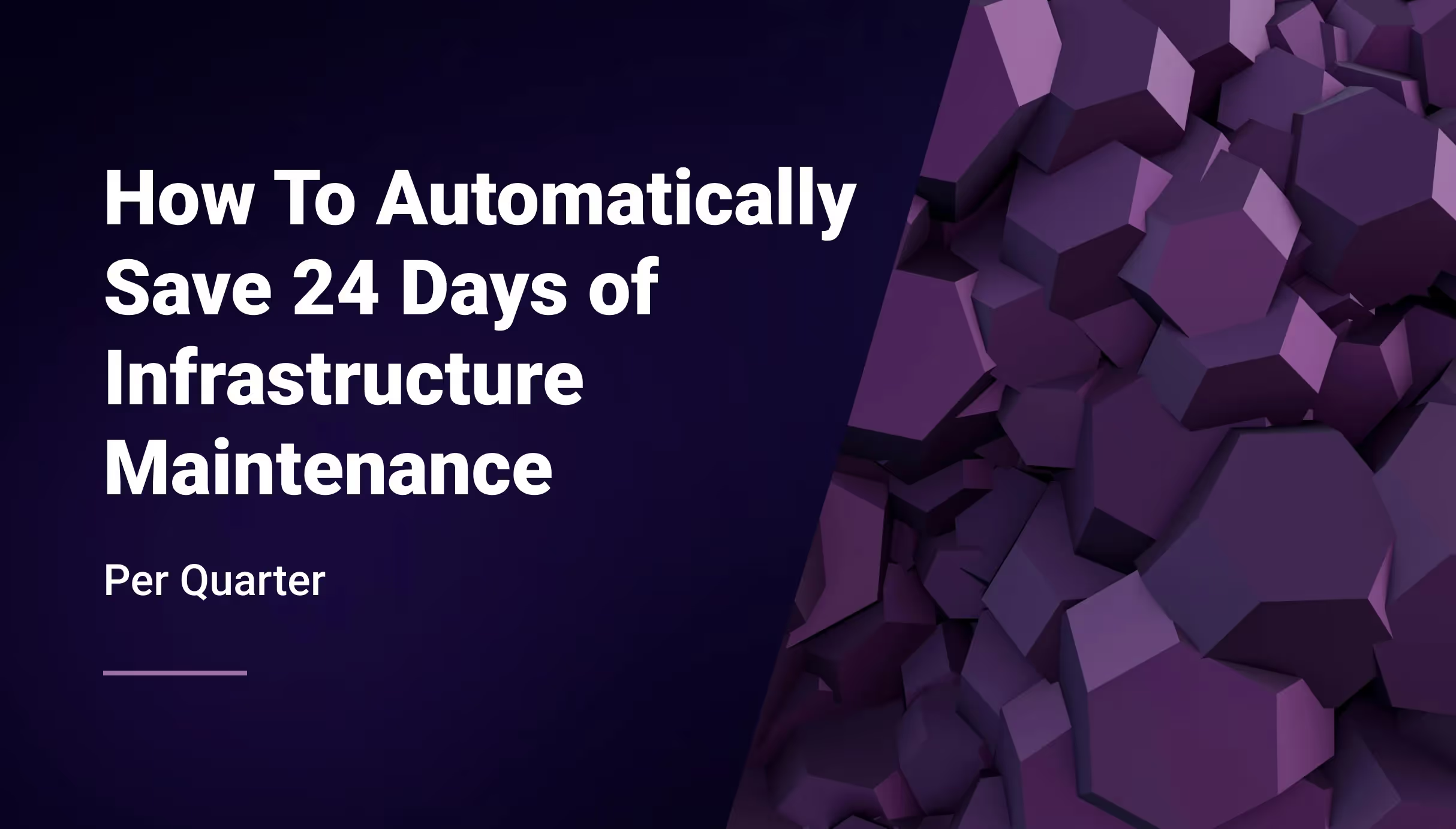

Are your DevOps and SRE teams drowning in quarterly infrastructure maintenance, diverting precious time from innovation and business delivery?
For modern infrastructure teams, quarterly maintenance is no longer optional; it is a business requirement. From keeping up with security patches to ensuring infrastructure remains compliant with frameworks like SOC 2, the pressure to deliver stable and secure environments is constant. But these tasks come at a cost: time, complexity, and risk.
At Qovery, we’re laser-focused on reducing this burden.
Each quarter, we help our customers eliminate dozens of hours of repetitive maintenance work, freeing up their DevOps and SRE teams to focus on what really matters: delivering value to their developers and customers.
“Qovery takes away all the pain from managing and maintaining clustered applications on AWS!” Florian Suchan, CTO at Papershift
Here's a look at the kind of work Qovery fully automates or simplifies

✅ That’s 23–24 days per quarter per cluster, saved just on infrastructure maintenance.
Our customer Syment saved an estimated €120,000–€140,000/150–175 workdays annually in DevOps time previously spent on infrastructure maintenance, allowing their team to focus more on high-impact business tasks.
Managing multiple clusters? The effort adds up fast.
Running production, staging, and pre-production clusters means that every update must be repeated across these environments. Without automation, that’s 130-140 hours of DevOps work each year for 3 clusters. Qovery handles it all automatically while making sure all lights are green.
Multi-cloud infrastructure? Multiplies the workload.
Using AWS, GCP, Azure or Scaleway? Each setup and maintenance tasks has to be handled separately for each cloud (Karpenter, GKE's Autopilot, Scaleway Kapsule Cluster management, EKS/GKE auto-upgrades, RBAC drift, etc…). That’s 2x or 3x the effort, risk, and potential for drift. Qovery abstracts this complexity, managing all providers through a single unified platform, ensuring consistent and secure infrastructure management, regardless of which cloud you’re on.
Why does it matter? Business requirements.
Keeping up with infrastructure maintenance isn’t just a “nice to have”; it’s essential for meeting the demands of enterprise customers and staying compliant with standards such as SOC 2, ISO 27001, and GDPR. It’s also crucial for ensuring secure and stable environments, as well as avoiding technical debt and operational risk. From the start, Qovery builds and maintains infrastructure in accordance with the best practices defined by cloud providers, such as the AWS Well-Architected Framework, ensuring your setup is secure, reliable, and cost-optimized by design.
Saving 24 days of work each quarter? The ROI speaks for itself.
The math is simple: if Qovery saves your team up to 24 days of work every quarter on infrastructure maintenance, the ROI is immediate and significant. The cost of Qovery is a fraction of what you’d spend in internal DevOps time; just consider that 24 days of DevOps work at $500/day adds up to $12,000 per quarter; not to mention the opportunity cost of pulling engineers away from product work. Instead of allocating senior talent to manage infrastructure updates, compliance tasks, and Kubernetes upgrades, your team can focus on shipping features and scaling the business. The value it brings compared to its price makes it a no-brainer.
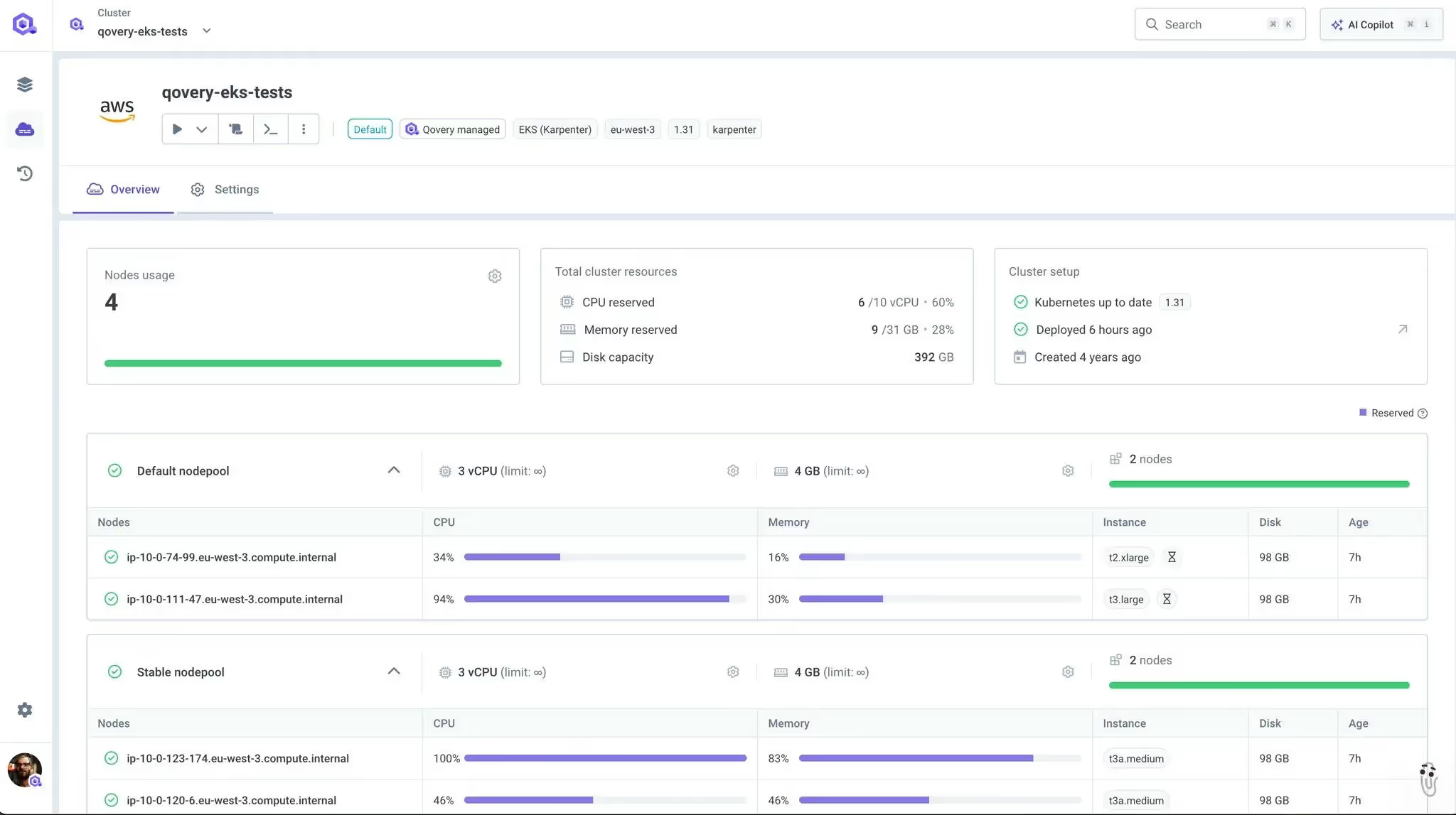
Final word
If you're spending weeks every quarter just maintaining your infrastructure, it’s time to explore how Qovery can do it for you.
Hear it directly from our customers like Alan, Hyperline, Nextools.
Let us do the boring stuff. Your team can focus on building.

Suggested articles
.webp)



.svg)
.svg)
.svg)








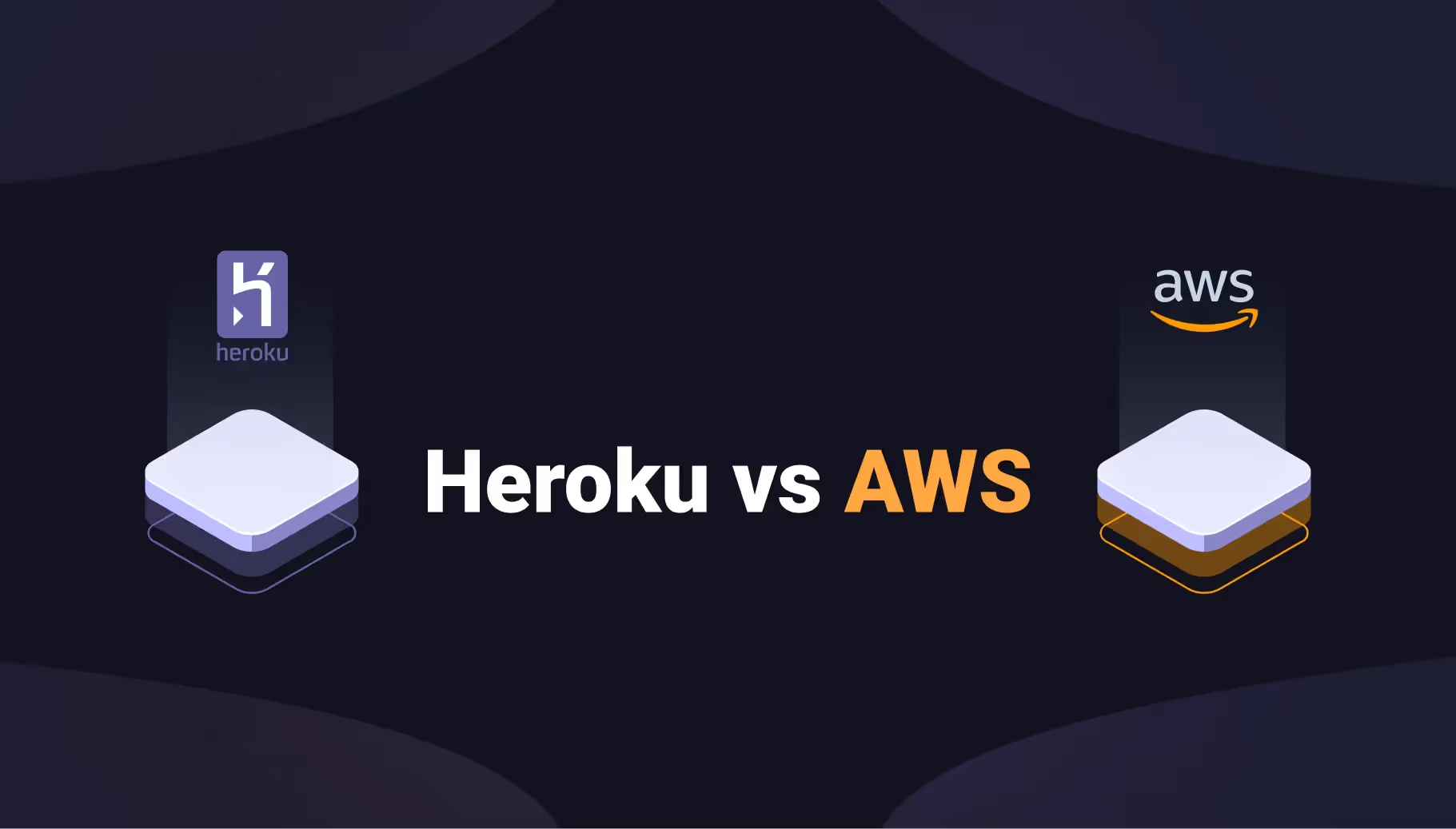
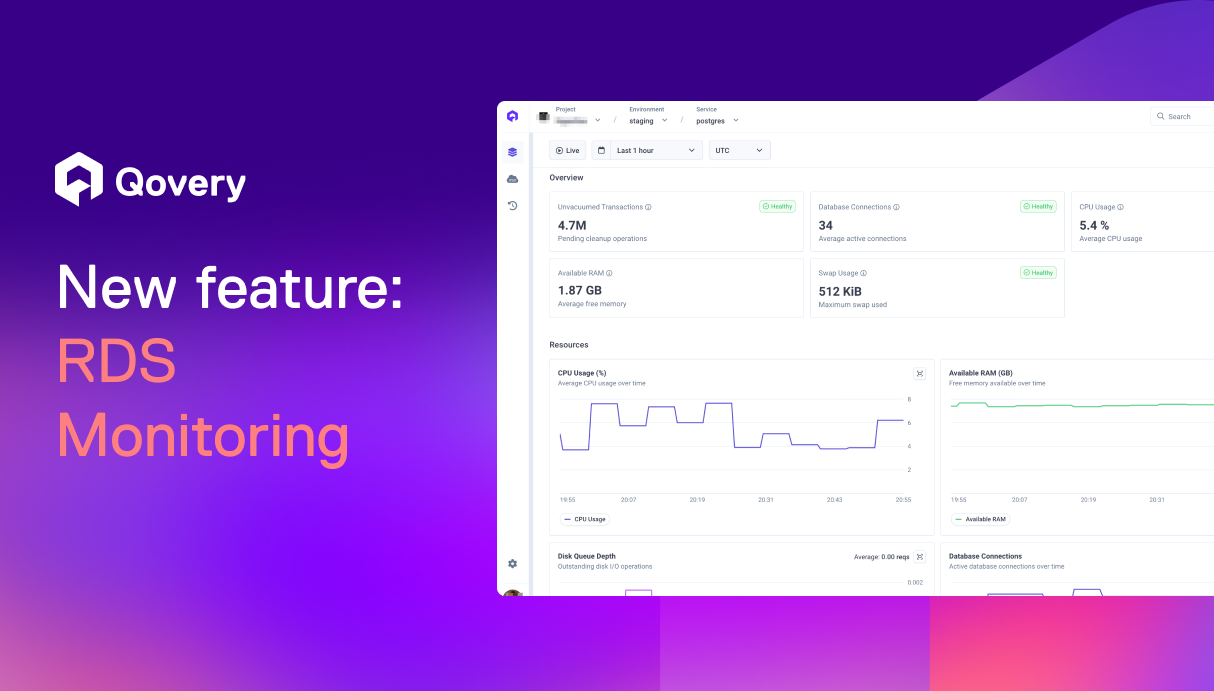
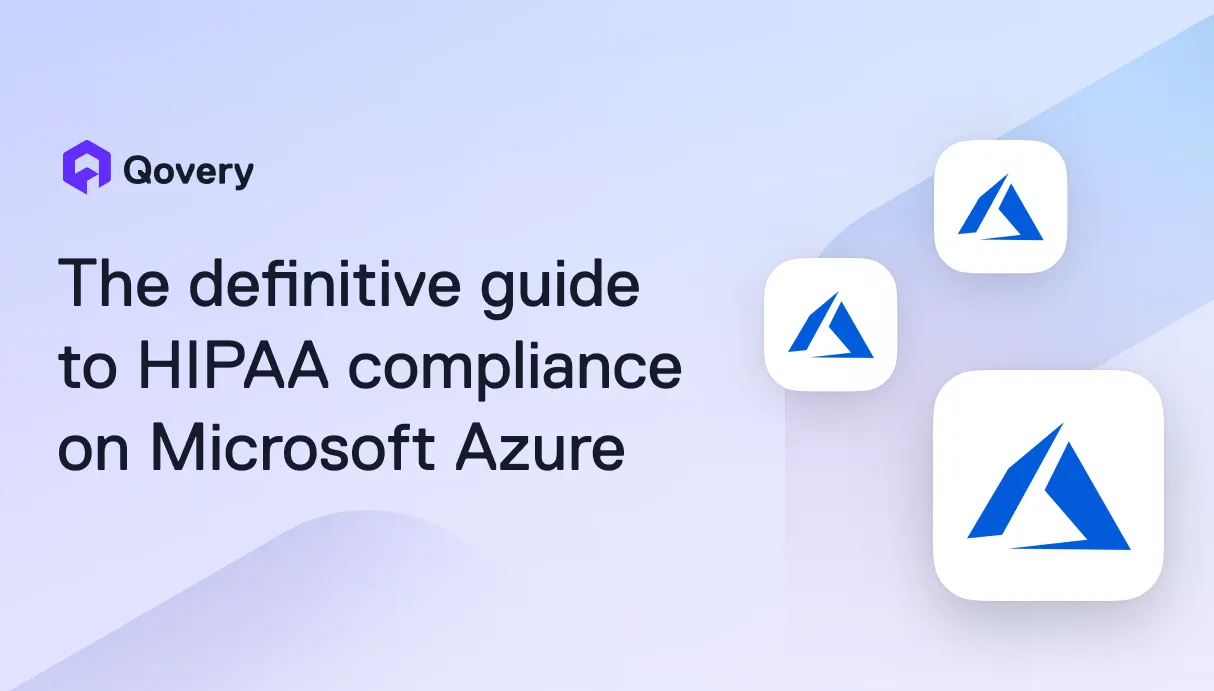
.webp)

